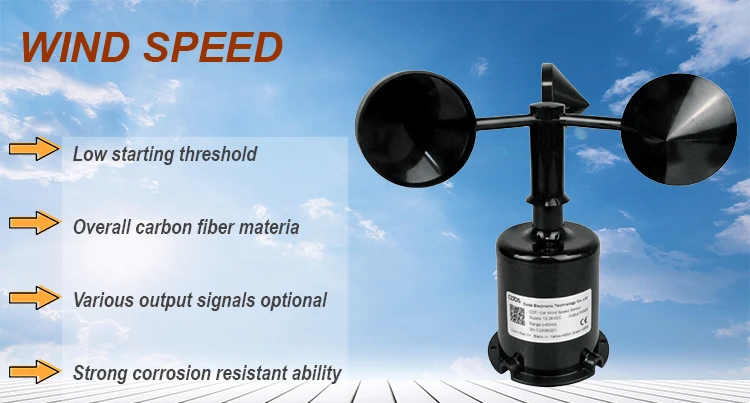Wind Direction Measuring Instrument

# Wind Direction Measuring Instrument
## Understanding Wind Direction Measurement
Wind direction is a crucial meteorological parameter that affects various aspects of our daily lives, from aviation to agriculture. Measuring wind direction accurately requires specialized instruments designed to detect and record the direction from which wind originates.
## Types of Wind Direction Measuring Instruments
Several instruments have been developed to measure wind direction with varying degrees of precision:
### 1. Wind Vane
The most traditional and recognizable instrument for measuring wind direction is the wind vane. This simple yet effective device consists of an arrow or pointer that rotates freely on a vertical axis, always pointing into the wind.
### 2. Anemometer with Wind Direction Sensor
Modern electronic anemometers often incorporate wind direction sensors. These devices typically use a vane connected to a potentiometer or digital encoder to provide precise wind direction measurements.
### 3. Sonic Anemometer
Advanced sonic anemometers measure wind direction by analyzing how sound waves are affected by wind movement. These instruments can provide highly accurate measurements without moving parts.
## How Wind Direction Instruments Work
Wind direction measuring instruments operate on different principles:
Mechanical vanes work through physical movement – the vane aligns itself with the wind direction due to aerodynamic forces. The direction is then read from a compass rose or transmitted electronically.
Electronic sensors convert the vane’s position into electrical signals. Potentiometer-based systems change resistance as the vane rotates, while digital encoders provide direct digital output.
Sonic anemometers measure the time it takes for ultrasonic pulses to travel between transducers. Wind direction affects these travel times, allowing calculation of both speed and direction.
## Applications of Wind Direction Measurement
Wind direction data serves numerous important purposes:
– Weather forecasting and monitoring
– Aviation operations and flight planning
– Wind energy production optimization
– Agricultural spraying operations
– Environmental monitoring and pollution tracking
– Marine navigation and safety
## Choosing the Right Instrument
When selecting a wind direction measuring instrument, consider these factors:
Accuracy requirements: Different applications demand varying levels of precision. Aviation and research typically need higher accuracy than general weather monitoring.
Environmental conditions: Instruments must withstand the expected wind speeds, temperatures, and precipitation in their installation location.
Output requirements: Determine whether you need visual readings, analog signals, or digital data output for recording and analysis.
Maintenance needs: Mechanical vanes require more maintenance than solid-state sonic anemometers but may be more cost-effective for some applications.
## Maintenance and Calibration
Proper maintenance ensures accurate wind direction measurements:
– Regularly inspect moving parts for wear or obstruction
– Keep sensors clean from debris and ice buildup
– Periodically calibrate against known reference directions
– Check electronic connections and power supplies
– Verify mounting stability and proper orientation
## Future Developments in Wind Direction Measurement
Emerging technologies promise to improve wind direction instrumentation:
Miniaturized MEMS (Micro-Electro-Mechanical Systems) sensors are enabling smaller, more affordable wind direction measurement devices with digital outputs.
LIDAR (Light Detection and Ranging) technology is being adapted for wind measurement, offering remote sensing capabilities without physical contact with the airflow.
Integration with IoT (Internet of Things) platforms allows for networked wind monitoring systems that provide real-time data from multiple locations.
## Conclusion
Wind direction measuring instruments play a vital role in numerous fields, from meteorology to renewable energy. Understanding the different types of instruments available and their appropriate applications helps ensure accurate wind data collection. As technology advances, these instruments continue to become more precise, reliable, and accessible for both professional and amateur users.
Keyword: instrument measure wind direction
You May Also Like

Dino Game: A Journey Through Prehistoric Challenges
March 21, 2025
Dino Game: A Timeless Classic in the World of Online Gaming
March 22, 2025